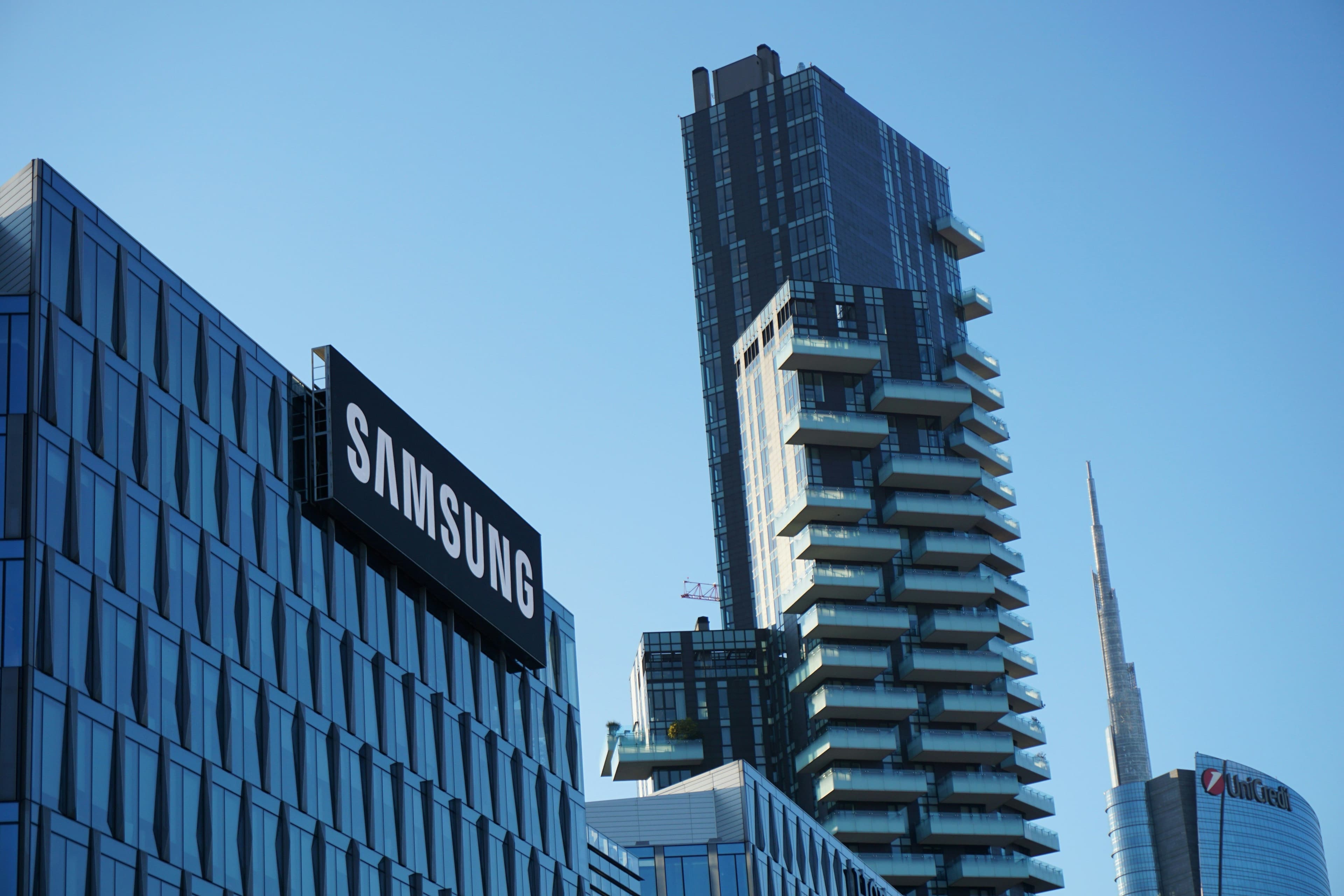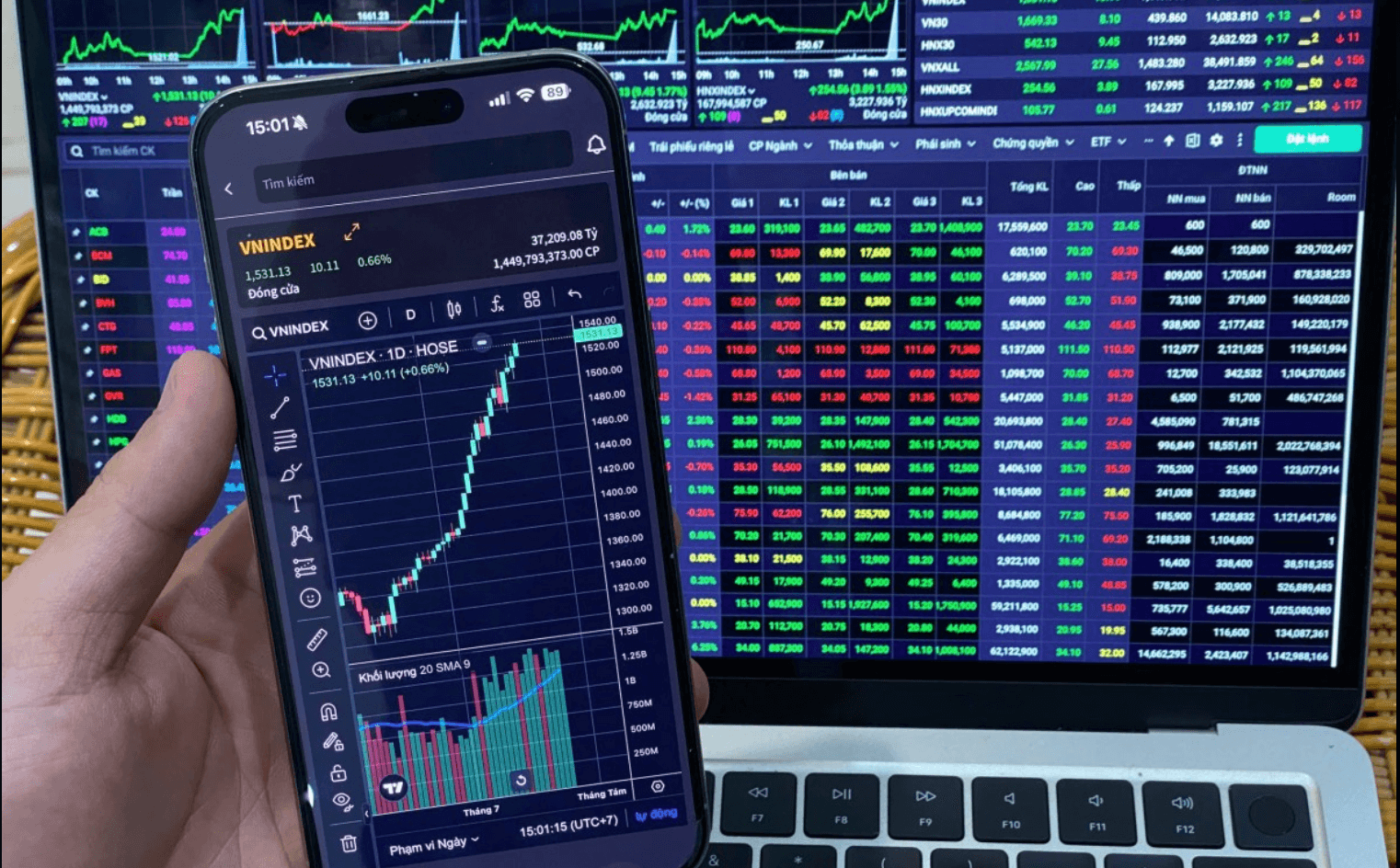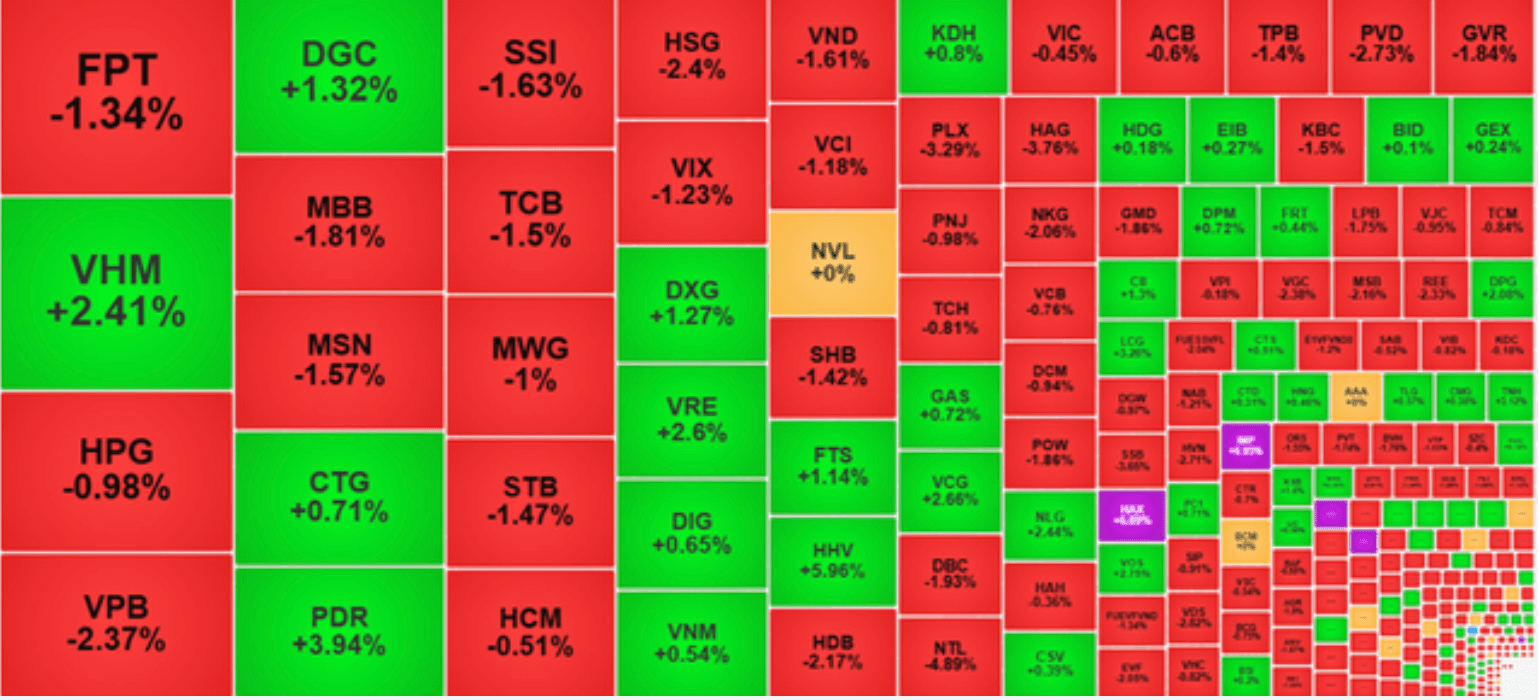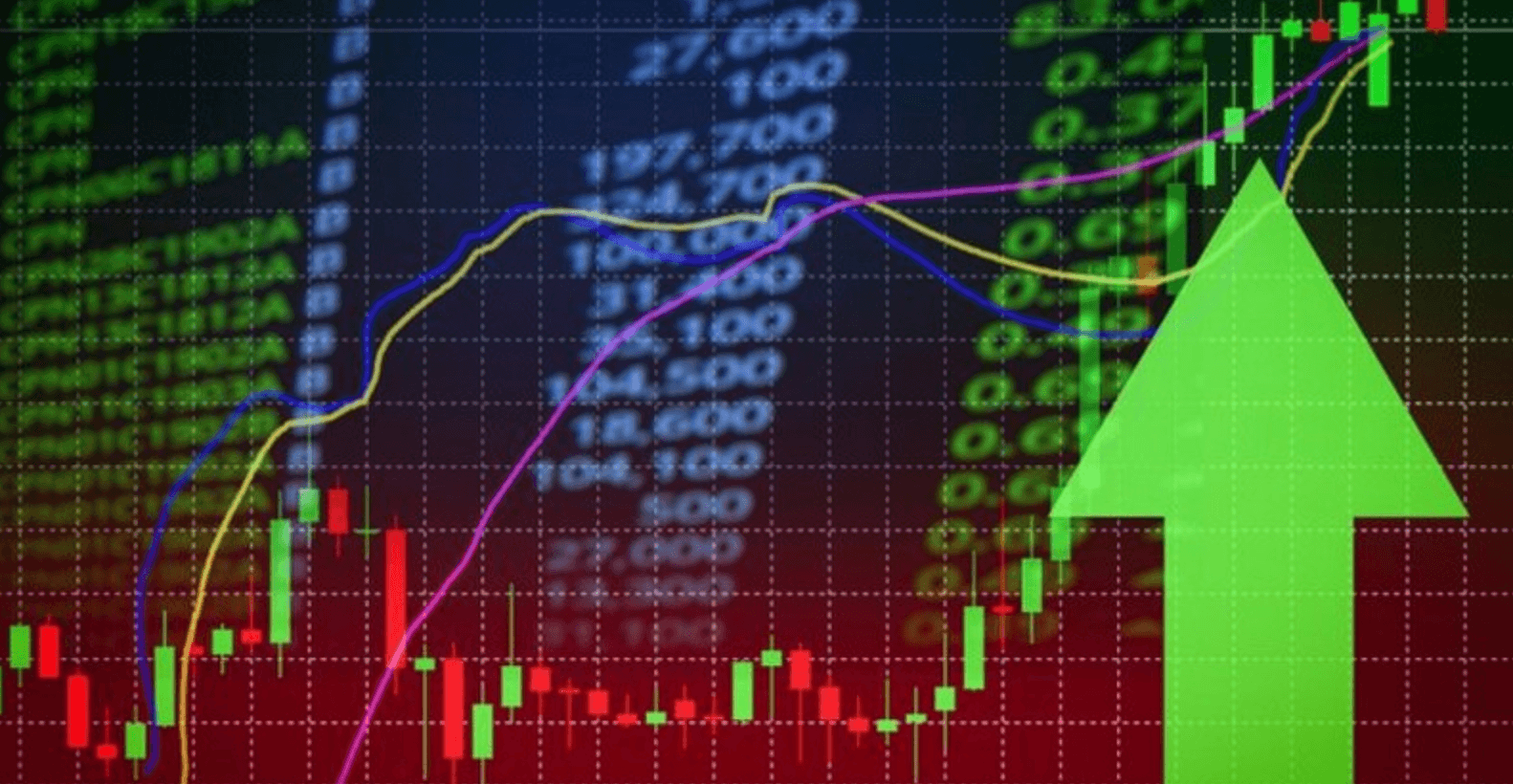Samsung Semiconductor Profits Plunge 90% in Q2 2025 — Recovery Signals for Southeast Asian Tech Investors

Imagine being the world's biggest memory chip maker and then watching your profits nosedive 90% in a single quarter. That's exactly what happened to Samsung's semiconductor division in Q2 2025—operating profits crashed from roughly 5 trillion won in Q2 2024 to just 400-500 billion won this year. The collapse was so dramatic it overshadowed the company's otherwise stable 74 trillion won in total revenue. But before you write off the Korean tech giant, there's a recovery story brewing that could reshape the entire Asian tech landscape.
What Actually Happened to Samsung?
Samsung's chip division just posted operating profits of around 400-500 billion won for Q2 2025—down from roughly 5 trillion won the same period last year. To put that in perspective, that's like a restaurant going from packed house to serving only takeout during a monsoon.
The culprit? A perfect storm of problems that would make any CFO reach for antacids. First, Samsung's high-bandwidth memory (HBM) chips—the Ferrari engines of AI computing—got stuck in certification hell. While SK Hynix commands 55% of the HBM market and competitors were already shipping next-generation products to Nvidia, Samsung's HBM3E 12-layer chips failed Nvidia's certification in the first half of 2025. This left Samsung with less than 10% market share in the most lucrative segment of the memory business.
Second, U.S. export restrictions on advanced AI chips to China slammed the door on one of Samsung's biggest markets. When Uncle Sam says "no more advanced semiconductors to Beijing," that's not a suggestion—it's a revenue killer that immediately shrinks your addressable market.
Finally, Samsung's foundry business (where they make chips for other companies) has been hemorrhaging money like a leaky faucet. Low utilization rates and operational inefficiencies turned what should be a cash cow into a persistent drag on profits.
Why This Matters More Than You Think
Here's the thing about semiconductor cycles: they're brutal on the way down, but the recovery can be equally dramatic. Samsung isn't just any chip company—it's the world's largest memory manufacturer and a critical link in the global tech supply chain. When Samsung sneezes, the entire electronics ecosystem catches a cold.
The company's struggles reflect broader trends reshaping the semiconductor landscape. The AI boom has created a two-tier market where companies either feast on cutting-edge AI chips or starve on commodity products. Samsung found itself caught in the middle, with products that were good but not great, and timing that was late rather than early.
Just one step to unlock the rest of this article
Sign in to read the full article and access exclusive content
✨ Completely free • No credit card required




